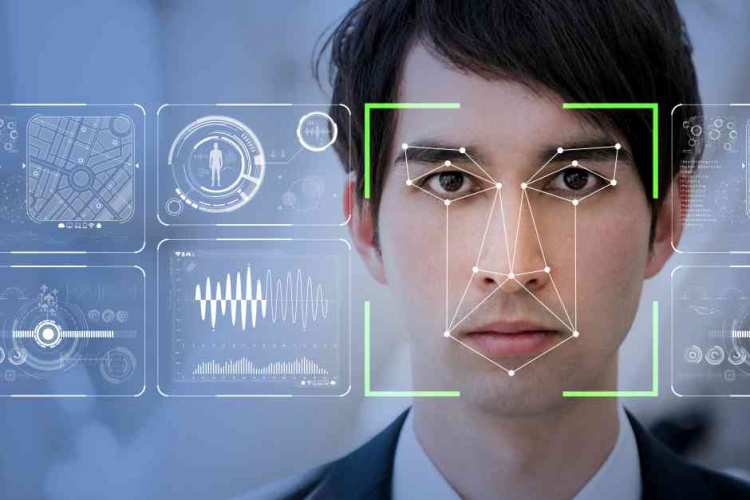Viewpoint
 Facial recognition technology is proving controversial as police forces seek to deploy it in public areas. Daragh Murray explains some of the legal issues behind the arguments
Facial recognition technology is proving controversial as police forces seek to deploy it in public areas. Daragh Murray explains some of the legal issues behind the arguments
The use of live facial recognition (LFR) technology in the UK has been the subject of significant public debate in recent months. High-profile trials conducted by South Wales Police and the Metropolitan Police Service have been the subject of legal challenge and investigation by the Information Commissioner’s Office (ICO). Equally, the deployment of LFR by private companies has been met by public shock – due to the lack of transparency – and has also prompted an investigation by the ICO.

LFR technology involves the real-time identification of individuals passing through a camera’s field of vision. This gives rise to an interference with the right to private life, as protected under Article 8 of the Human Rights Act. This is because biometric information is inherently personal, and is treated as similar to a fingerprint or DNA sample. The right to private life of every individual identified is engaged, irrespective of whether they are actively sought by the police or are an uninvolved passer-by.
___________________________________________________
Further reading
- Facial recognition to be trialled at Bristol and Dublin airports
- 3D facial recognition project gets funding boost
- Scifi Eye: Facial recognition is a future threat
_____________________________________________________________________________
The fact that LFR technology gives rise to an interference with the right to private life does not necessarily mean it violates that right. Interferences with a right can be justified, to protect public order or the rights of others. The legitimacy of an interference is determined by a human rights law test examining whether the measure (in this case the LFR deployment) is in accordance with the law, pursues a legitimate aim, and is necessary in a democratic society. Broken down to its simplest form, this test is intended to (a) protect against arbitrariness, by ensuring, for example, that the circumstances surrounding a facial recognition deployment are foreseeable, and (b) to ensure that in pursuing a legitimate aim, other rights are not inappropriately interfered with. For instance, the Surveillance Camera Commissioner concluded that police use of facial recognition technology in a Manchester shopping centre was disproportionate, in light of the limited utility of the deployment compared to the very large number of individuals whose right to private life was interfered with.
To date, attention has focused primarily on the impact of biometric processing on the right to private life. This may be a result of the relatively limited nature of current LFR deployments, which are typically limited in duration and focused on identifying individuals already known by the police. The potential inherent in this technology is, however, significantly greater. For example, when connected to other data sources – such as passport databases – LFR technology can be used not only to look for specific individuals, but also to identify anyone in an image and to match them to their government ID. The integration of LFR technology into a CCTV system also enables tracking individuals’ movements across a potentially city-wide area. In turn, this information can be subject to machine-learning analysis to develop individual profiles. This can reveal incredibly detailed information regarding an individual’s personal and professional life.
These more advanced uses of LFR technology give rise to more extensive human rights concerns. The right to private life remains relevant. Anonymity allows for a process of experimental learning or development, whereby individuals can engage with different ideas, political discourses, or aspects of their sexuality and so on without fear that this information will become public. As such, anonymity is recognised as essential to the development of personality and identity. LFR technology directly threatens the ability to act anonymously. Given the potential impact on individual and societal behaviour, this gives rise to a serious interference with the right to private life.
However, the human rights impacts extend far beyond the right to private life. LFR technology may affect how individuals interact with each other, receive information, and engage with different thoughts or ways of life. This is intrinsically related to individual development but brings into play rights such as freedom of expression, association, assembly, and religion. This may affect the functioning of a participatory democracy, as surveillance can dissuade individuals from seeking out new ideas or challenging the status quo; what would happen if LFR is used at protests? Also, detailed individual profiles made possible by advanced facial recognition may be used to inform diverse decisions relating, for example, to the rights to work, to health, or to social welfare.
LFR represents a step-change in surveillance and analytical capabilities. There are clear benefits associated with this technology, but the potential human rights harm is significant, particularly the possibility that participatory democracy may be (inadvertently) undermined.
Daragh Murray is a lecturer at the human rights Centre and School of Law at the University of Essex, and is co-author with Prof Peter Fussey of a report into the Metropolitan Police’s trial of LFR.




Nanogenerator consumes CO2 to generate electricity
Nice to see my my views being backed up by no less a figure than Sabine Hossenfelder https://youtu.be/QoJzs4fA4fo